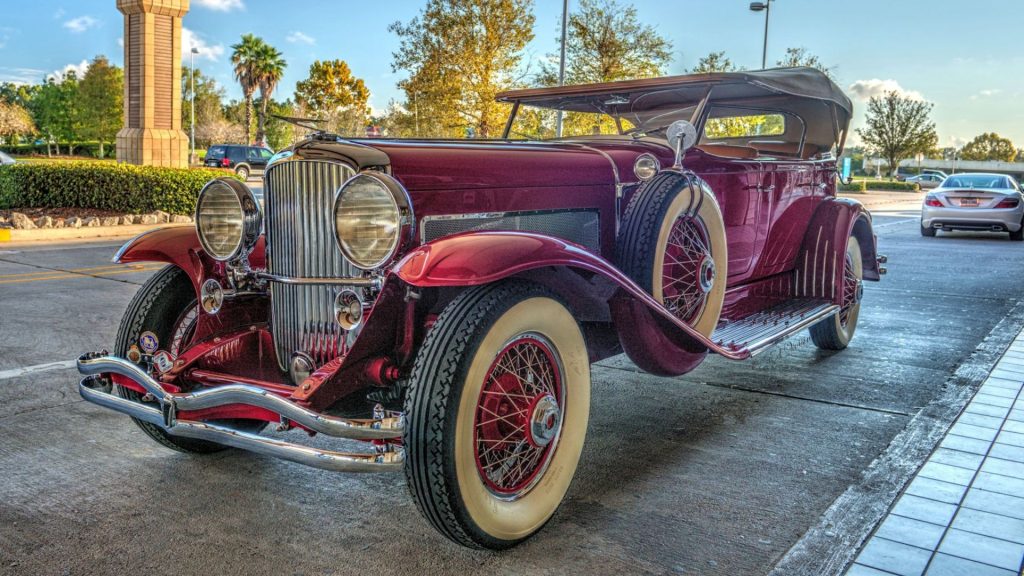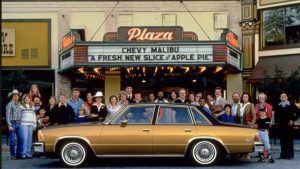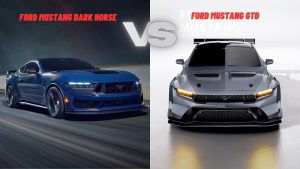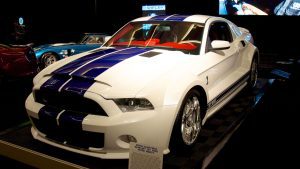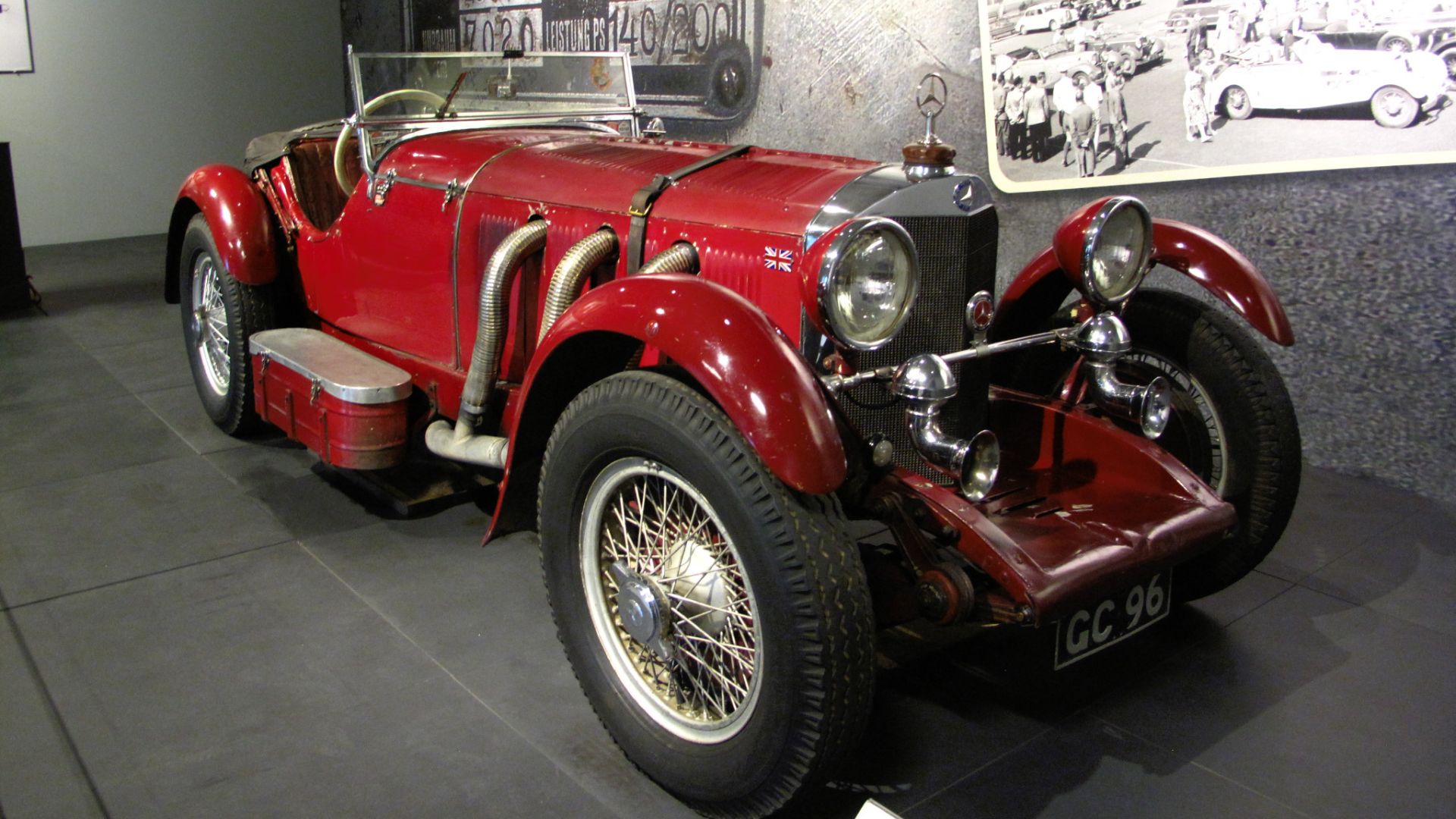
1929 Mercedes-Benz SSK - Source Rutger van der Maar, CC BY 2.0, via Wikimedia Commons
Table of Contents
Mercedes-Benz SSK’s History
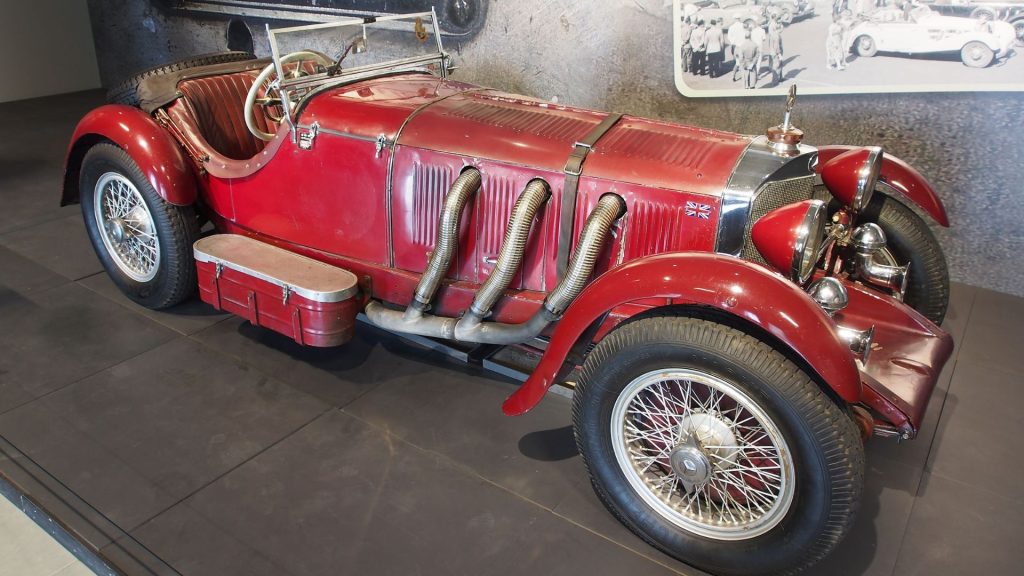
When you hear the name Ferdinand Porsche a lot of things come to your mind, be it the brand Porsche itself or the Volkswagen Beetle, or the first-ever gasoline-electric hybrid engine. But did you know that the famous engineer was also the one behind the design of the Mercedes-Benz SSK? Yes, before he left Mercedes to create his own company, the SSK was his last creation for the German brand.
The Mercedes-Benz SSK stands for Super Sport Kurz in German (Super Sport Short) and was based on the two predecessors, the Modell S and the Modell K. The first one had a sporty dynamic and the second had a shorter wheelbase. The SSK arrived with a 19-inch wheelbase that was even shorter and it was made for racing only. The Super Sport Kurz or Super Sport Short was sportier, quicker and more powerful as well while its design was truly breathtaking.
The SSK, often likened to a Valkyrie’s cry or a banshee’s scream, was not only extraordinary in its sound but also in its theatrical appearance and staggering power. Introduced in 1927, as part of the S series following the Daimler and Benz merger, it later evolved into the SS. Both were designed by Dr. Ferdinand Porsche, excelling in races but struggling on winding roads. In response to this limitation, Porsche created the SSK in 1928, a shorter, more agile version for hill climbs, winning 26 races in two years.
Mercedes-Benz SSK Engine & Specs
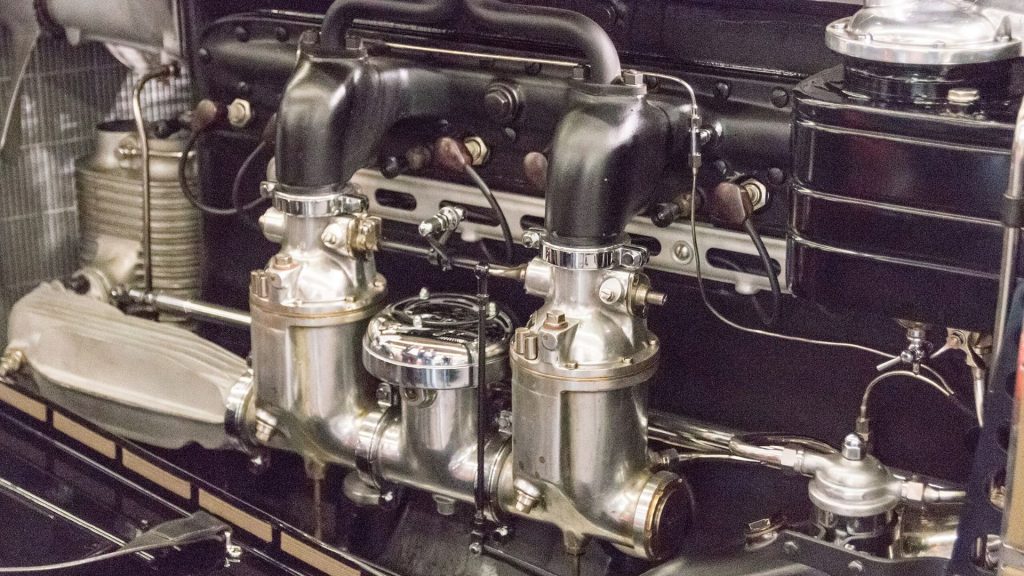
In 1927, Mercedes took the Daimler M9456 engine with 6.2-liter displacement to the drawing board. The bore of the M9456 engine was increased from 94 mm to 98 mm taking the total displacement to 6.8-liter. To make this change possible and create the necessary space for the larger cylinder liners, these were converted from dry to wet. This new engine design conformed to the internal nomenclature introduced in the wake of the merger and was now called M06.
With an output of 180 horsepower with the supercharger, the engine now used dual ignition with two spark plugs per cylinder and a twin-carburetor system. In 1928, the power output was further increased by widening the bore by 2 mm to 100 mm, resulting in a final displacement of 7.1 liters and thus getting the name Mercedes-Benz 710 SSK.
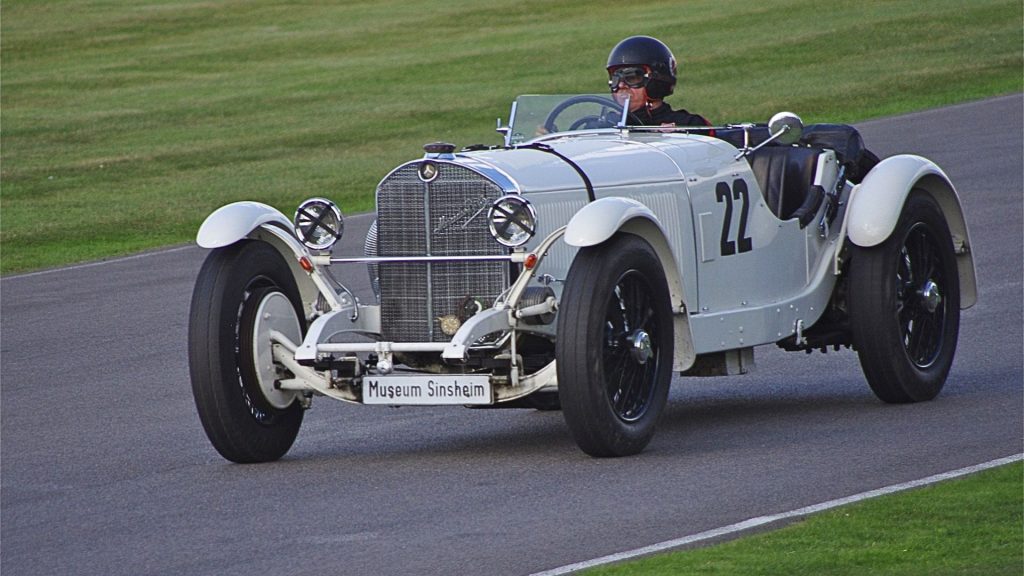
The new engine was powering the SSK was available in two power ratings: the tamer version with a compression ratio of 4.7:1 delivered 140/200 hp (without/with supercharger engaged), while the more highly compressed variant with a compression ratio of 5.2:1 was officially rated at 160/200 horsepower. However, it is certain that due to higher compression and tuning, the specified supercharged output of 200 hp was often exceeded.
A racing camshaft developed for track use increased the power output to 170/225 hp, and more powerful superchargers with larger rotor blades were available, producing an output of 275 hp with the smaller racing supercharger. This supercharger version and the racing camshaft were also available to privateers.
The engine could produce a maximum torque of over 500 lb.-ft. To engage the supercharger, one had to fully depress the throttle and then give it an extra push; backing off the throttle would generate a considerable 180 hp of power. The double ignition Bosch magneto ZR6 system, combined with the 4-speed non-synchromesh manual gearbox, allowed a 0-60 acceleration in 9 seconds. The top speed of 120 MPH made the SSK one of the fastest cars of its era.
Was The SKK a True Champion?

The design and engineering of the Mercedes-Benz SSK were dedicated to short-distance racing and its potential to climb hills made it quite popular. The 2-door roadster entered numerous races over the years and almost never came back empty-handed. The 500 Miles of Argentina in 1929 and the Cordoba Grands Prix in 1929 and 1930 were among the most notable while the victory at Argentine Grand Prix in 1931 was a special one as well.
The first one, however, came by the hands of Rudolf Caracciola in the Gabelbach race in 1928 with the brand new SSK. The back-to-back wins at the European Mountain Racing Championship in 1930 and 1931 came from the same driver. The SSK was modified to have a lighter body during the end of its career and the SSKL was victorious in “Mille Miglia”, the legendary thousand-mile race.
What Made it The Dream Car For Many?

The power and performance of the Mercedes-Benz SSK were not the only aspects that made the sports car so famous. The incredible design allowed the roadster to stand on the side of the road and make other cars feel invisible.
In 1987, Miles Collier acquired the SSK as part of the Briggs Cunningham car collection, which had undergone modifications, including a white repaint to match other Mercedes SSK race cars. Renowned restorer T.E. Berrisford, along with Mike Riley from Bakewell, England, successfully restored the original Barker coachbuilt body and drivetrain.
The SSK was also among the nominees at the Car of the Century award in 1999 but could not secure a victory. However, it was one of the top choices in the most influential cars of the 20th-century category. Reportedly, around 33 cars were made during its production run from 1928 to 1932 with half of them were sold to Rennwagen as race cars. As per multiple sources, only 5 cars remain in their original form making the SSK one rare vintage model.

There is also a Mercedes-Benz SSK Count Trossi designed by Ferdinand Porsche. It features streamline-body of the SSK and is currently owned by fashion designer Ralph Lauren. The car has won at the Pebble Beach Concours d’Elegance in 1993 and Concorso d’Eleganza Villa d’Este in 2007.
Fast forward to 2010, and L. Scott George, President of the Collier Collection, took the wheel during Italy’s Mille Miglia Storica, accompanied by restorer Eddie Berrisford. George recalls the awe-inspiring power and presence of the SSK along the Mille route, especially in narrow passes.
Mercedes-Benz SSK Price & Value

The Mercedes-Benz SSK due to its rarity and historic significance has racked up its value in millions. The 1929 7.1-Litre Mercedes-Benz 38/250 Model SSK Short-Wheelbase Two-Seat Sports Tourer was sold at Bonhams in Chichester in September 2004 for a staggering $7.4 Million (£4.17 Million). Fast forward to 2024, and considering the scarcity of the SSK, the value would be expected to have increased significantly, potentially reaching upwards of $15-20 million (not an official estimate).

